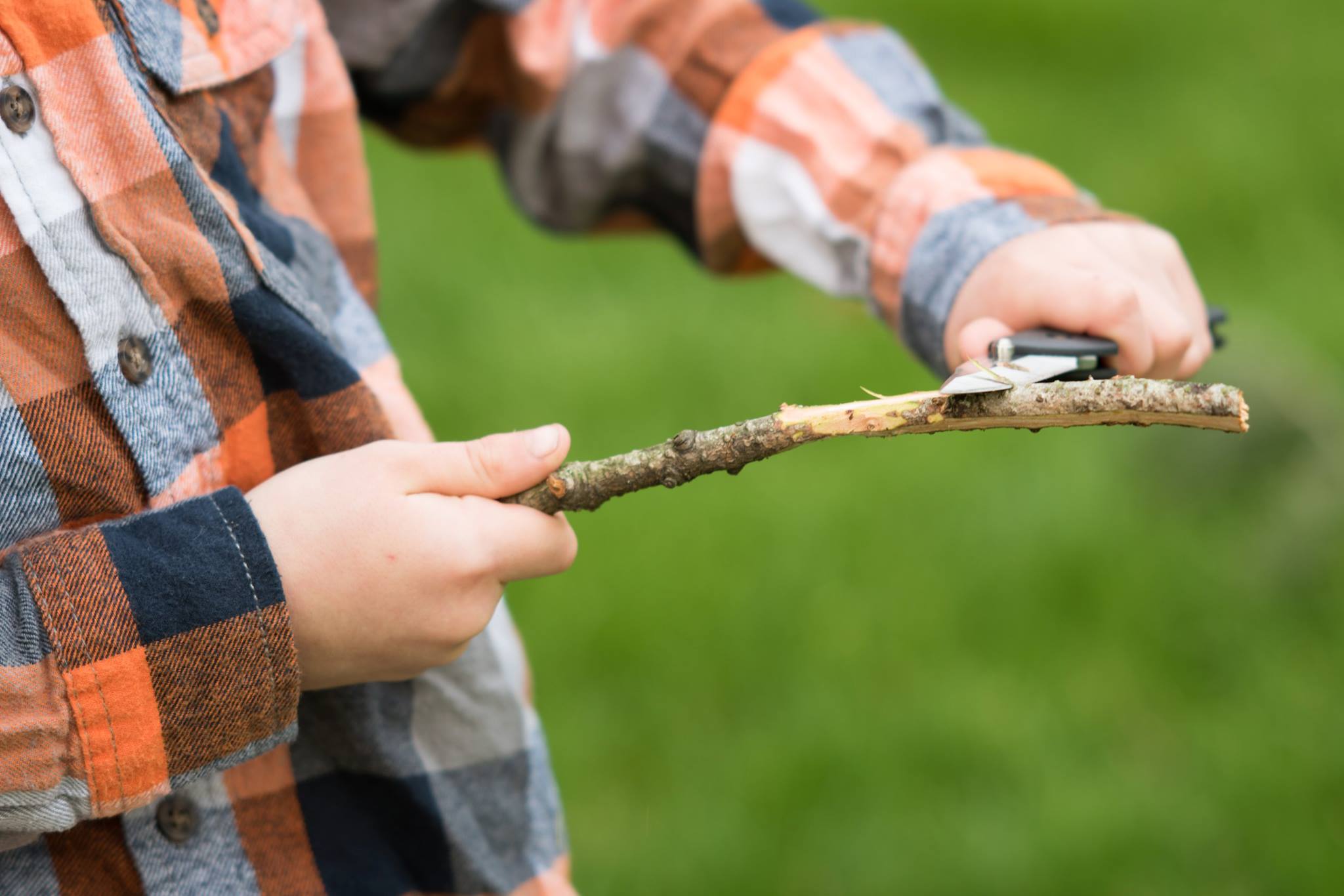3 Knife-Safety Rules for Kids
8th Oct 2015
3 Knife-Safety Rules for Kids
Kids and knives are a great combination, bringing as much enjoyment to the adults in their lives as to the kids themselves. To help make the experience safer, however, we suggest three basic rules.
1. No silliness. Kids will be kids, and kids are all about fun. But while having (and using) a knife definitely can be fun, you should make it crystal-clear that a knife is a tool, not a toy.
Truth is, a knife may be a kid's first personal possession that isn't a toy. This means that you, as parent or mentor, might be teaching a brand-new concept called respect.
No horseplay. Don't throw your knife. Don't dig in the dirt with your knife. Don't play mumblety-peg, for cryin' out loud. And don't loan your knife to anyone, even to a friend. (They may not have been taught the right way.)
It can be a challenge, for sure, this balancing of fun and respect. Most kids, however, given time and patient instruction, will grasp it just fine.
2. Treat every folding knife as if it doesn't have a lock. If your kid's knife has a locking mechanism, obviously you should teach how to make sure that the lock is engaged -- and then remind them that no lock is foolproof.
(We've noticed that some adults forget this rule, often resulting in a trip to the emergency room for stitches.)
As you're schooling the kid how not to use a knife, you may want to demonstrate (while wearing sturdy gloves) what can happen when a knife closes on your fingers -- don't draw blood, but the more dramatic the demonstration, the more memorable the lesson.
3. Cut away from yourself. A certain KnivesShipFree staffer often tells the story of his first pocketknife, and how he learned the hard way that cutting toward yourself is a bad idea.
To illustrate, he shows off a 50-year-old scar on a knuckle of his left hand -- the hand that was holding the stick he was whittling when his Cub Scout knife slipped.
You may have a similar story to tell. Lots of us do. And that's the thing about this rule -- we can preach and cajole all we want, but sooner or later the kid will get so engrossed in a cutting task that they'll turn the blade around.
It's inevitable.
There are only two things you can do about that, really. First, watch the kid closely, especially when they're using their first knife, and issue a stern rebuke when you see them violate this rule. And second, naturally, you should keep a first-aid kit handy.
(For more kid stuff, be sure to visit our "Knives for Kids" page.)


